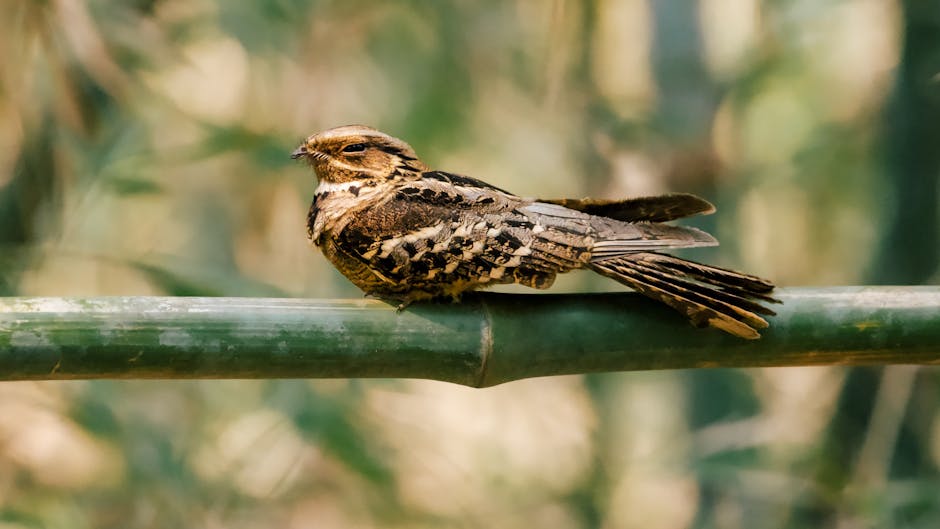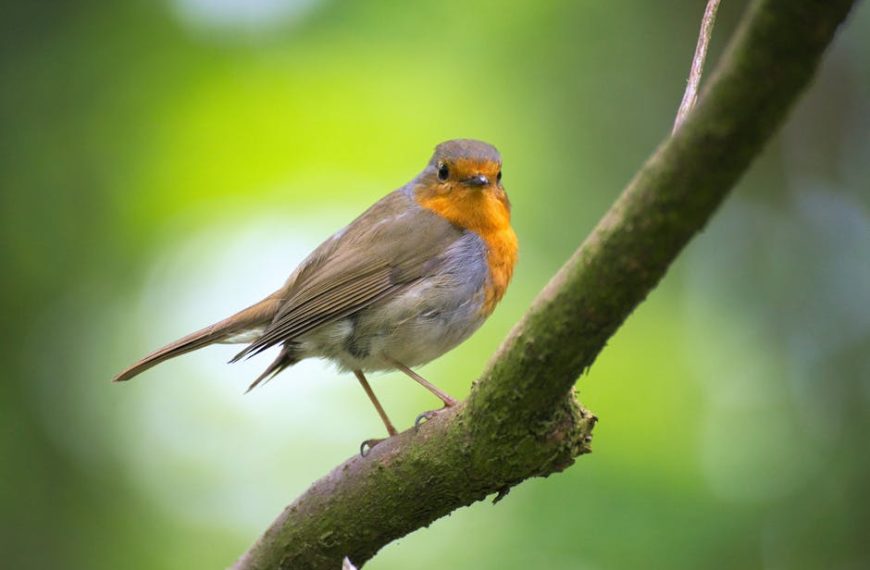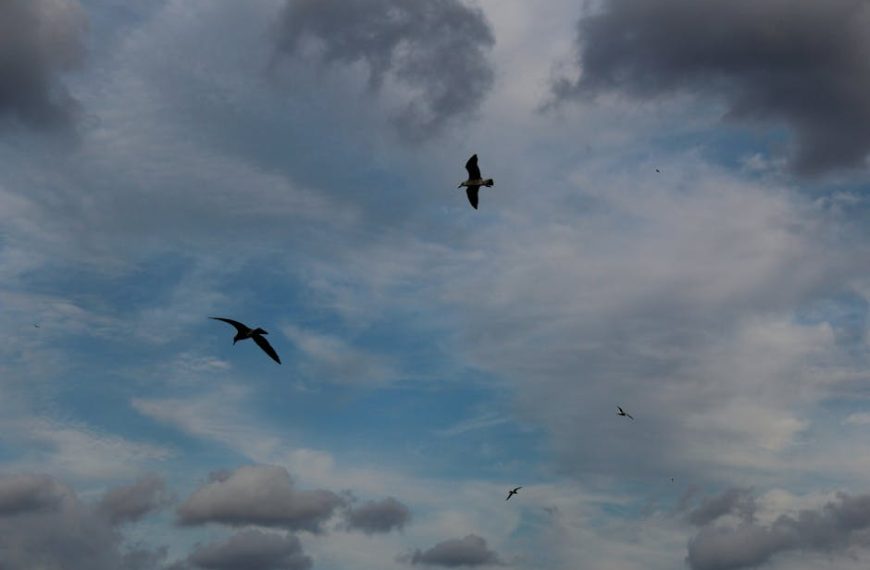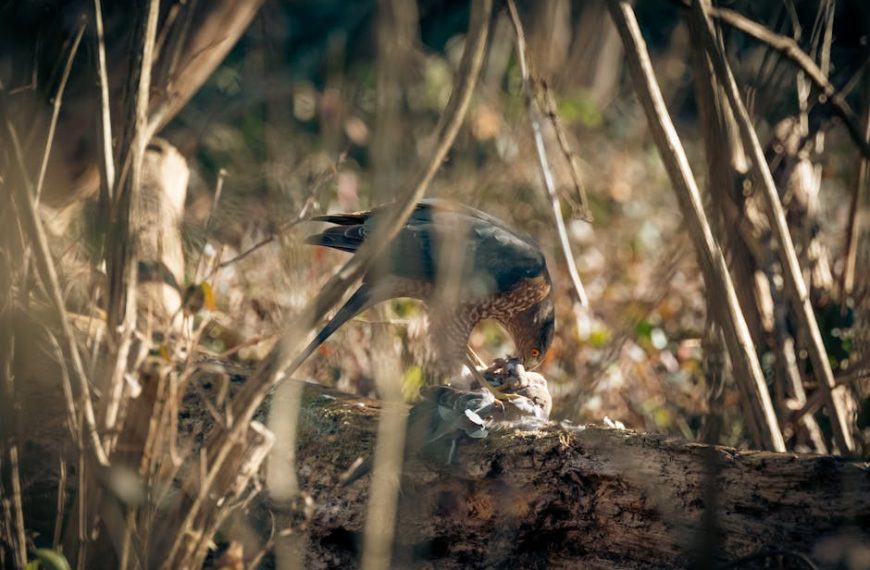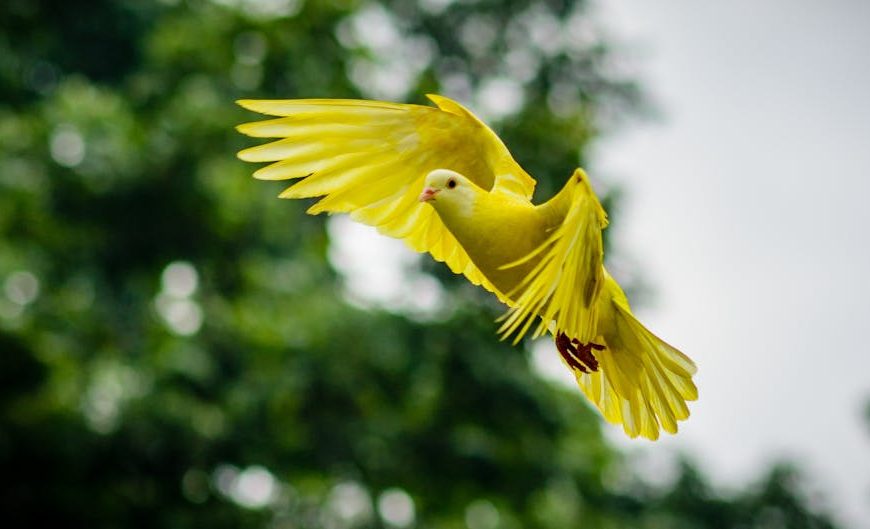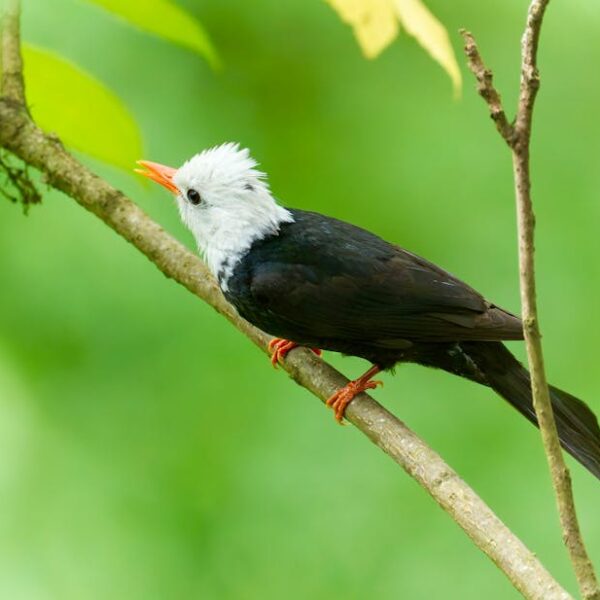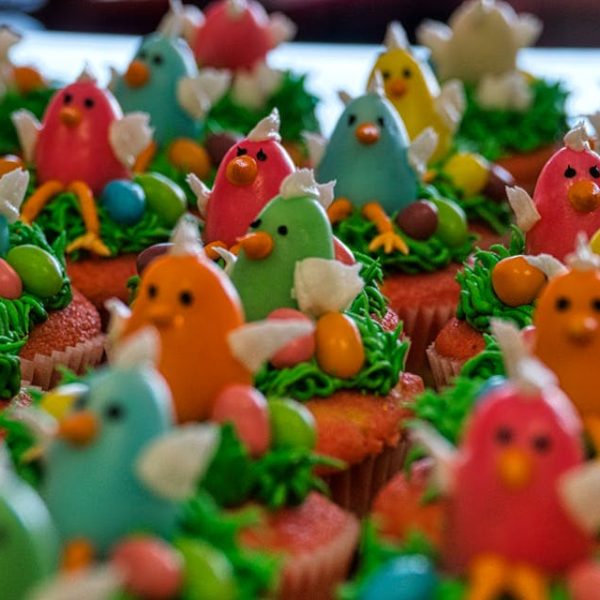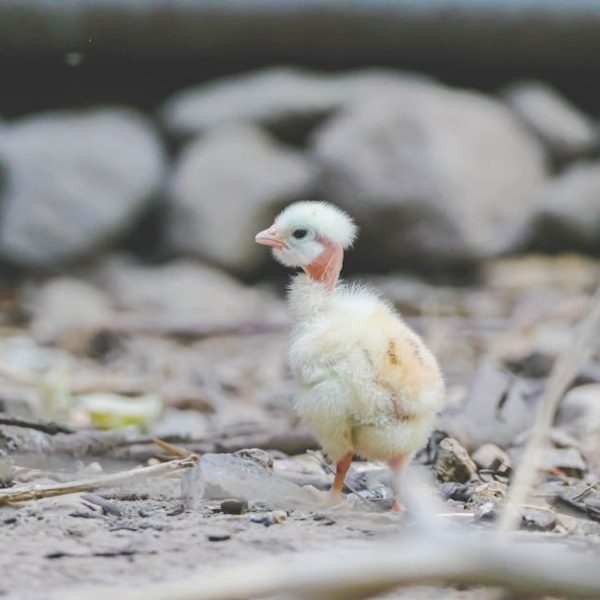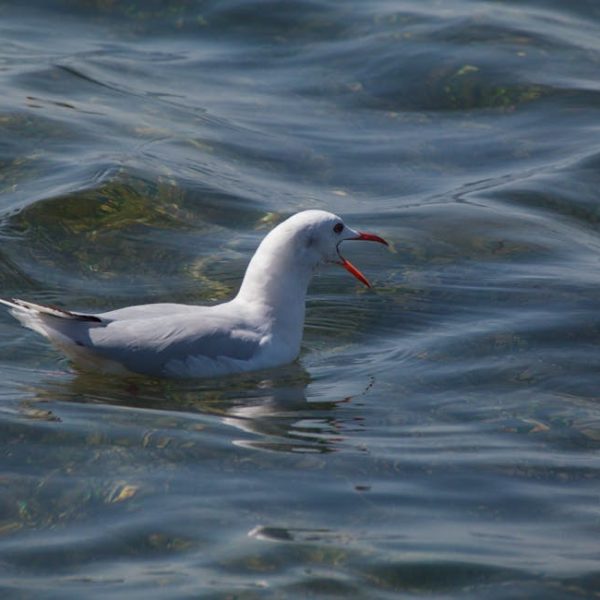Florida is a paradise for bird watchers at any time of the day, but there’s a certain enchantment that descends on the landscape as the sun dips below the horizon. Part of this majesty comes from the chorus of assorted birds serenading the Florida nights. These melodious night performers range from the petite nightjars, strange-looking herons to the melodious owls – each adding a unique note to the symphony of sounds that defines the dusk till dawn time in Florida.
Understanding the Night Birds of Florida
Birds in Florida have mastered the art of versatility, with many species adapting to a nocturnal lifestyle. Many of these night birds have evolved with capabilities that uniquely position them to live and hunt under the cover of darkness. They possess exceptional eyesight, an acute sense of hearing, muted colors for camouflage, and even silent wings. To add to their allure, they have an ethereal sense of mystery and provide some of the most beautiful and eeriest night sounds you will ever hear.
To get the most out of appreciating these masters of the night, it helps to understand a little bit about their habits, characteristics, and the roles they play in the ecosystem. Here’s a brief list of key features that most Florida night birds share:
- Specialised Vision: Many night birds have exceptional night vision, thanks to a higher density of rod cells in their eyes.
- Enhanced Hearing: Their hearing capabilities are mind-bogglingly precise, with some species able to locate their prey without any visual cue.
- Camouflage Colors: Night birds typically have dull, muted colors that aid in blending with the environment, conferring to them an excellent natural camouflage.
- Silent Flight: Their feathers have evolved in a way to minimize noise produced during flight, allowing them to sneak up on their prey or evade predators.
Common Night Birds in Florida
The tapestry of night birds in Florida is broad and varied. There are numerous species that have made the sunshine state their home and their night calls are a regular part of Florida’s soundscape. Let’s start by introducing a few of these nocturnal maestros.
The Eastern Screech Owl
Small but mighty, the Eastern Screech Owl is one of the most common nocturnal birds in Florida. Characterized by its trilling call and piercing green eyes, these owls are often seen perched on tree branches, looking for insects and small rodents.
The Night Heron
The Night Heron are peculiar birds. Sporting a stocky body, short legs, and red eyes, these birds exhibit an almost comical appearance. However, the awkward exterior masks a sharp hunter lurking in the nighttime shadows.
The Chuck-will’s-widow
This bird probably has one of the most characteristic calls in all of Florida, from which it got its name. The Chuck-will’s-widow’s plaintive cry can be heard throughout the spring and summer nights of the state.
The Common Nighthawk
The Common Nighthawk, contrary to its namesake, isn’t actually a hawk but included in the nightjar family. Transitional in nature, Nighthawks feed in dim light conditions, catching insects in mid-flight with their wide mouths while carrying out acrobatic aerial maneuvers.
While there are many more, these represent some of the most commonly spotted nocturnal birds in Florida. Each of them brings a unique charm to the nighttime musical ensemble, making the Florida nights all the more magical and captivating.
Soundscapes of Florida Nights
The music of the night in Florida is provided by an array of birds each with its distinctive call. Identifying birds by their vocalization can be a challenging yet exciting part of bird watching. Here are the sounds you’re likely to hear if you decide to venture out after sunset in Florida:
The Eastern Screech Owl has a long, tremulous whinny that sounds like a haunting lullaby. They also produce a series of more direct hoots which are often used to communicate with other owls.
The Night Heron often stays silent during the day, but it’s a different story come nightfall. Their call is a repetitive ‘wok’ noise that sets the rhythm of the night.
The Chuck-will’s-widow matches its confusing name with an even more distinctive song. The call is a namesake rhythmic chant, that once heard, is nearly impossible to forget.
The Common Nighthawk has a distinctive ‘peent’ call that it uses to communicate with others, usually followed by a series of sharp chirps.
Experiencing these calls in person can be far more thrilling than reading about them, so don’t miss the opportunity to take a nocturnal bird watching tour the next time you visit Florida.
How to Spot Night Birds in Florida
Birdwatching at night presents its unique set of challenges and rewards. With a few expert-recommended tips and tricks, you too can join in on the nocturnal fun.
- Pick the Right Time: Late dusk and pre-dawn are prime times for many bird species activity. During these times, you can hear their calls at the peak and with relatively less ambient noise.
- Choose Your Spot Wisely: The location makes a big difference. Look for well-lit places near water bodies, open fields, and forests, where birds often come out to feed.
- Stay Silent and Patient: Birds are sensitive to noises, so any disturbance could drive them away. Be patient, stay quiet, and you will increase your chances of sighting these beautiful night flyers.
- Use Appropriate Gear: Binoculars, torch, field guide, and a tape recorder (to record and identify bird calls) can be of great help.
Safeguarding Florida’s Night Birds
With urbanization and habitat loss, many bird species, including these night stars, are under threat. We can all contribute towards their conservation towards fostering a more sustainable future for Florida’s diverse avian life.
Best Practices to Respect Bird Habitats:
- Maintain Safe Distance: Avoid getting too close to bird nests or young birds.
- Respect Their Habitats: Stick to designated paths and avoid trampling on delicate habitats.
- Avoid Flash Photography: Bright flashes can disorient and scare birds, disrupting their natural behaviours.
- Leave No Trace: Collect all your litter and ensure you leave no trace of your visit behind.
Remember, your actions can make a difference in the world of these night birds. By being responsible bird watchers, we can ensure these beautiful creatures continue to flourish in Florida’s magical nightscapes.
Key Takeaway:
- Florida is home to a rich biodiversity, notably its range of night birds, such as the Eastern Screech Owl, the Night Heron, the Chuck-will’s-widow, and the Common Nighthawk.
- These birds have unique characteristics including exceptional night vision, precise hearing and camouflage capabilities allowing them to thrive at night.
- Bird watching at night in Florida presents a fulfilling experience filled with distinctive bird sounds, but requires patience, appropriate gear, and the right timing and location.
- The conservation of these species is crucial and bird watchers can contribute to their preservation by following certain best practices, such as maintaining distance, respecting habitats, and practicing responsible behaviors.
Experience the magic performance these special night birds put on every night. Remember these wonderful creatures are reliant on us for their preservation; a little respect and thoughtfulness go a long way in supporting their survival. So, grab your binoculars and prepare for the symphony of the Florida nights!
FAQs
Q: Aside from the Eastern Screech Owl, the Night Heron, the Chuck-will’s-widow, and the Common Nighthawk, what other night birds can we expect to see in Florida?
A: Florida hosts many other species of night birds. The exact species you’ll see can depend on the region, time of year, and local habitat.
Q: What should I consider when choosing binoculars for night bird watching?
A: Consider binoculars with a large objective lens, which would allow more light to enter and provide a brighter image. Also, opt for a pair that has a wide field of view to spot moving birds quickly.
Q: Is there a specific season when I can hear the bird songs more clearly?
A: Bird vocalizations often peak during the breeding seasons which typically fall in the spring and early summer months. However, this can vary quite a bit according to the species.
Q: What precautions should I take when venturing out for night bird watching?
A: Safety is important when you’re in the outdoors at night. Stay on marked trails, observe wildlife from a distance, carry a flashlight, and preferably, have a companion with you.
Q: How does human activity, like urbanization, affect these night birds?
A: Urbanization often leads to habitat loss and disruption of feeding and breeding patterns for many bird species. Light pollution from urban areas can also disorient birds, particularly those that migrate or hunt at night.
Feel free to share this article with fellow bird-watchers or nature enthusiasts. Interested in learning more? Don’t forget to check out our other posts!
